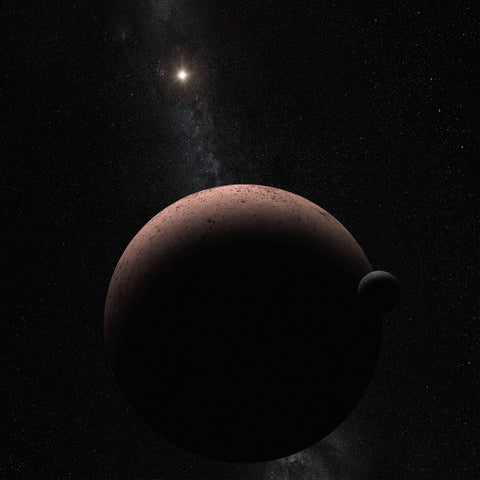The Apollo missions represent a pinnacle of human achievement, marking our first steps beyond Earth's bounds and onto the surface of another celestial body. Among these historic missions, Apollo 16 holds a special place, as it ventured to the lunar highlands, specifically targeting the Descartes Formation. Let's embark on a journey to explore the significance of Apollo 16 and the discoveries made during this groundbreaking mission.
I. Setting the Stage: Apollo 16 Mission Overview
Apollo 16, launched on April 16, 1972, aimed to further our understanding of the Moon's geology by exploring regions not previously visited. The mission crew consisted of Commander John Young, Lunar Module Pilot Charles Duke, and Command Module Pilot Thomas Mattingly. Their primary objective was to investigate the Descartes highlands, a site rich in geological diversity and potential scientific value.
II. Descending to the Lunar Highlands
After a flawless launch and journey to the Moon, the Apollo 16 crew descended to the lunar surface aboard the Lunar Module Orion. Their landing site, located near the Descartes crater, offered access to a variety of geological features, including hills, valleys, and ancient impact craters. This diverse terrain presented a unique opportunity for scientific exploration.
III. Exploring the Descartes Formation
Armed with scientific instruments and sample collection tools, Young and Duke embarked on three moonwalks, each lasting several hours. They traversed the rugged landscape, collecting rock and soil samples from various locations within the Descartes Formation. These samples provided valuable insights into the Moon's geological history, including evidence of volcanic activity and impact events.
IV. Discoveries and Scientific Insights
One of the most significant discoveries of the Apollo 16 mission was the identification of the Descartes Formation, a distinctive geological unit composed of breccias and impact melt rocks. Analysis of these samples revealed valuable information about the processes that shaped the lunar highlands, including the role of volcanic activity and meteorite impacts.
V. Legacy and Impact
The Apollo 16 mission contributed significantly to our understanding of the Moon's geological evolution and the processes that have shaped its surface over billions of years. The scientific data and samples collected during the mission continue to be studied by researchers around the world, providing valuable insights into the history of our celestial neighbor.
Apollo 16 stands as a testament to human ingenuity and the spirit of exploration. Through their scientific endeavors and bravery, the crew of Apollo 16 expanded our understanding of the Moon's geological diversity and laid the groundwork for future lunar exploration missions. The discovery of the Descartes Formation represents a milestone in our quest to unravel the mysteries of the Moon and its place in the cosmos. As we look to the future of space exploration, we can draw inspiration from the achievements of Apollo 16 and the enduring spirit of discovery that drove its success.






